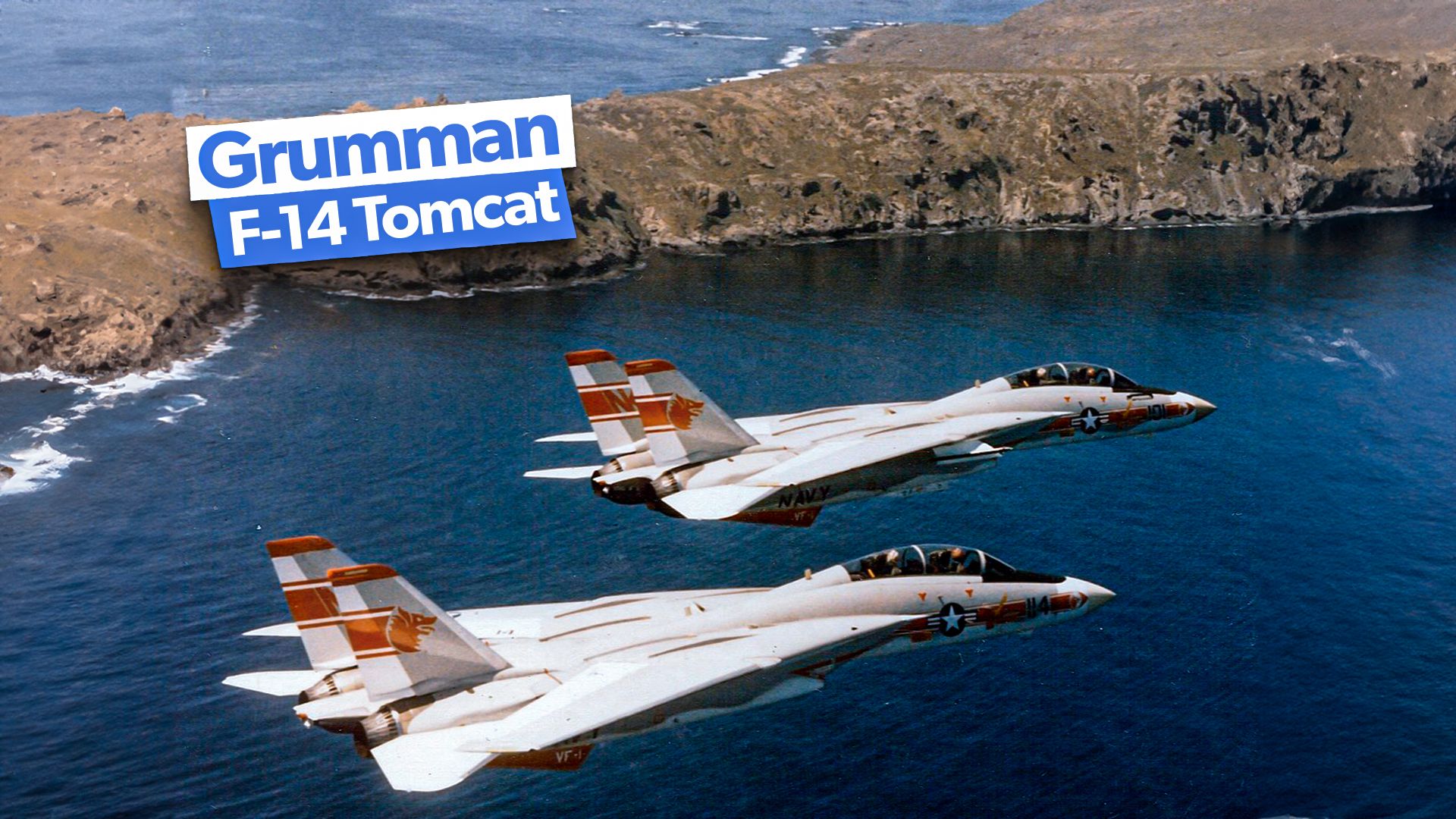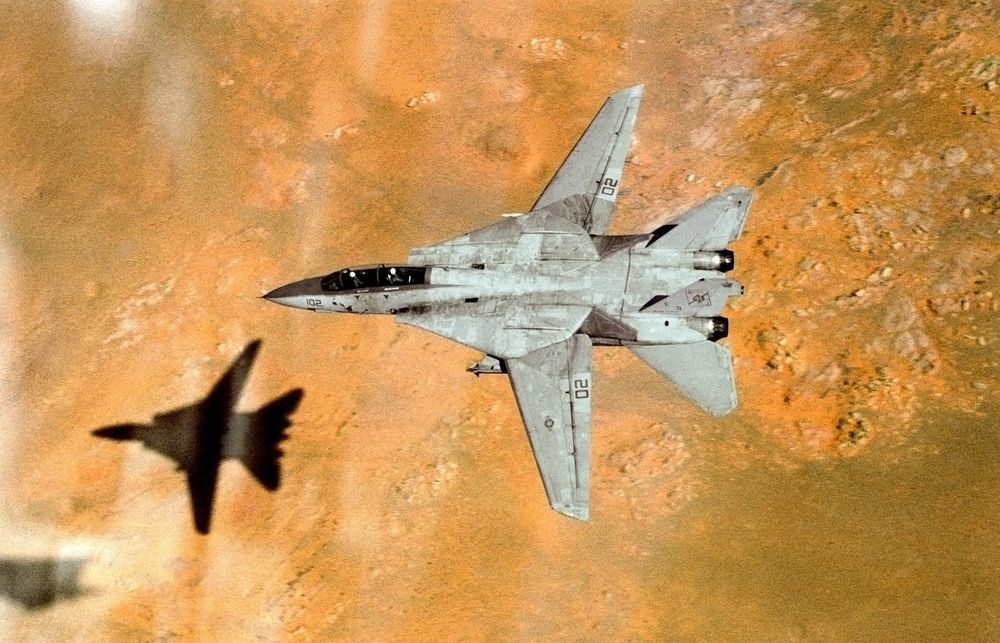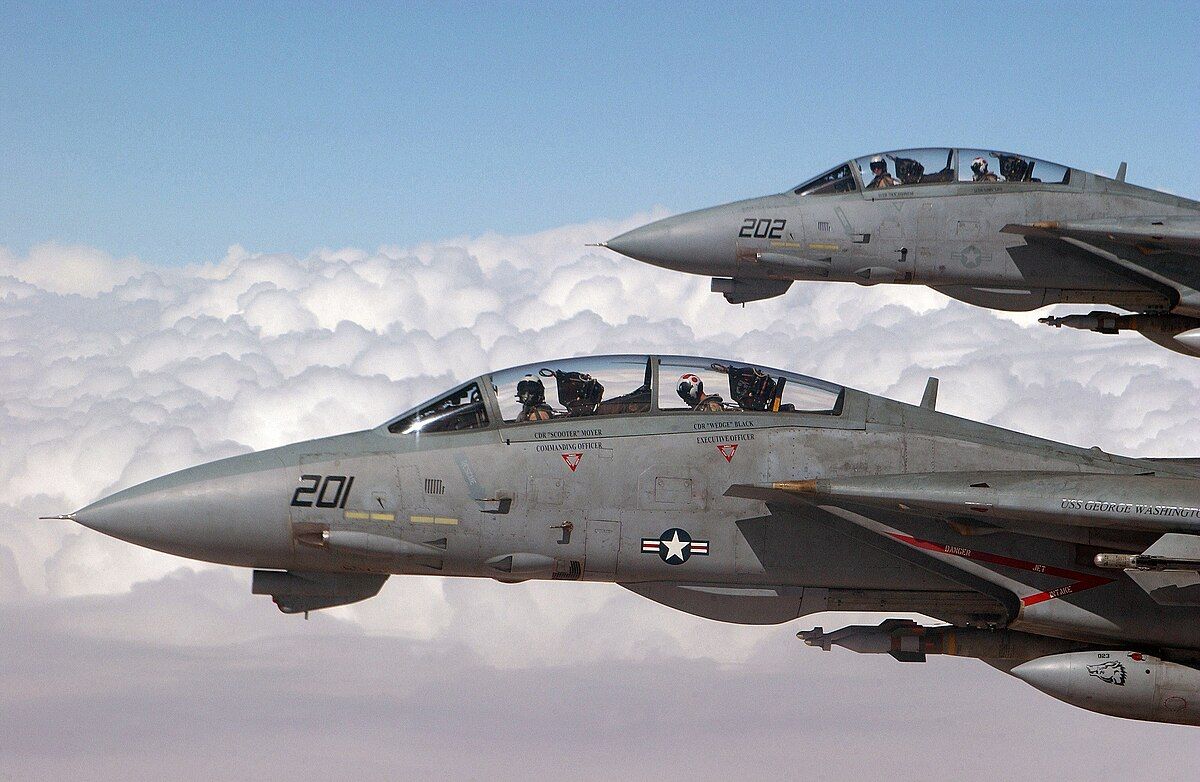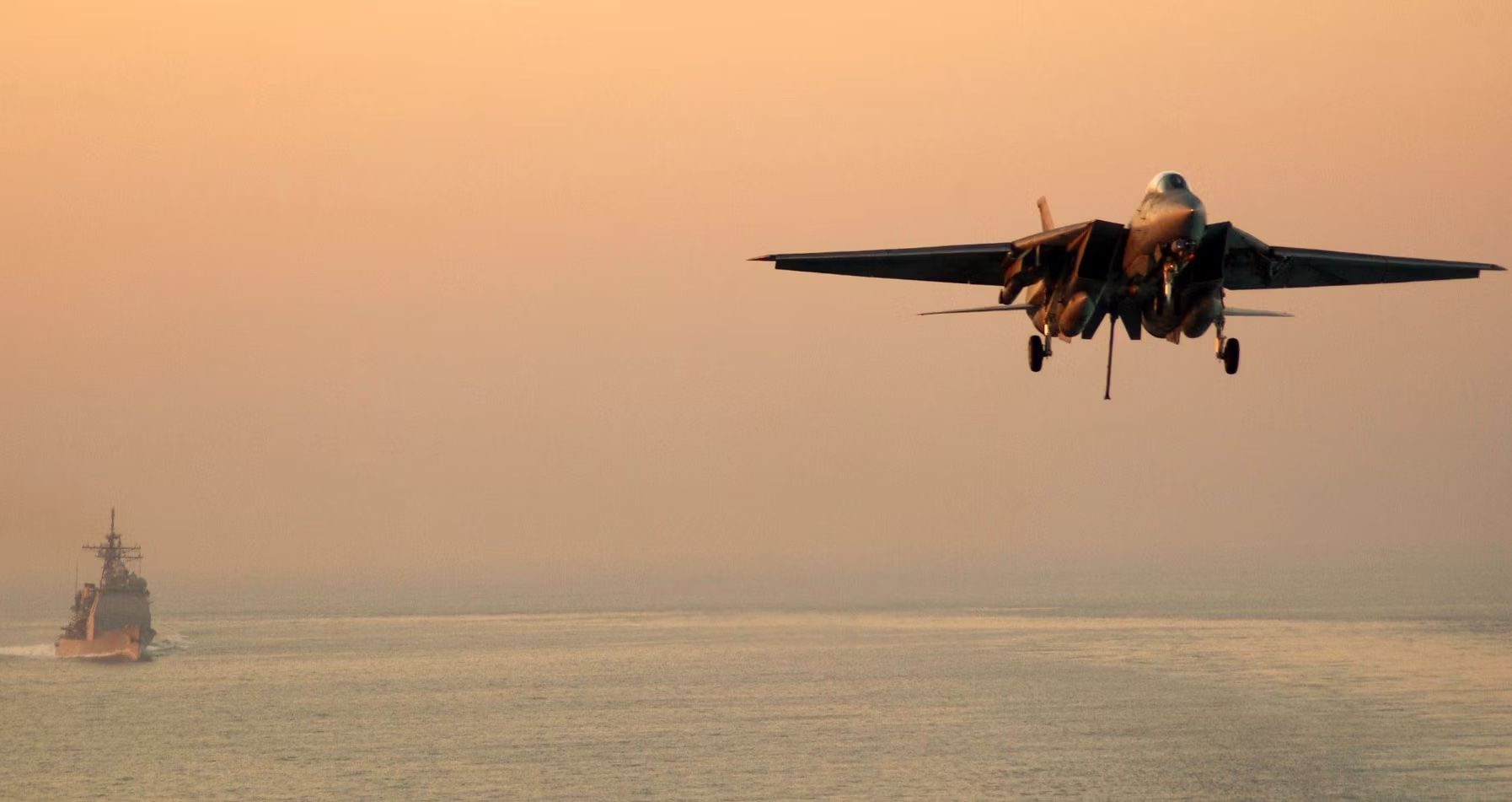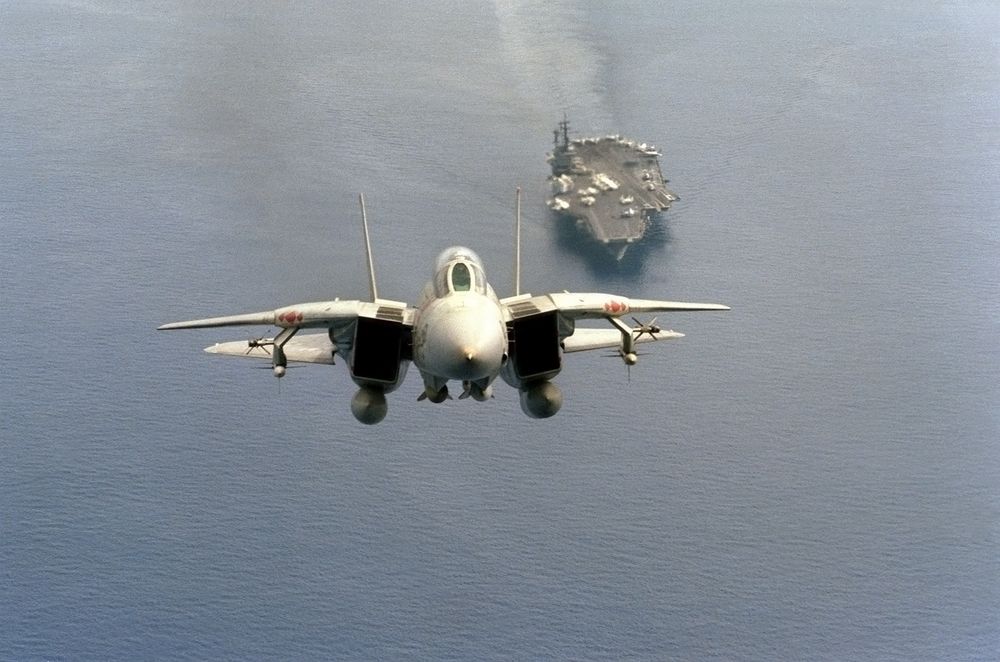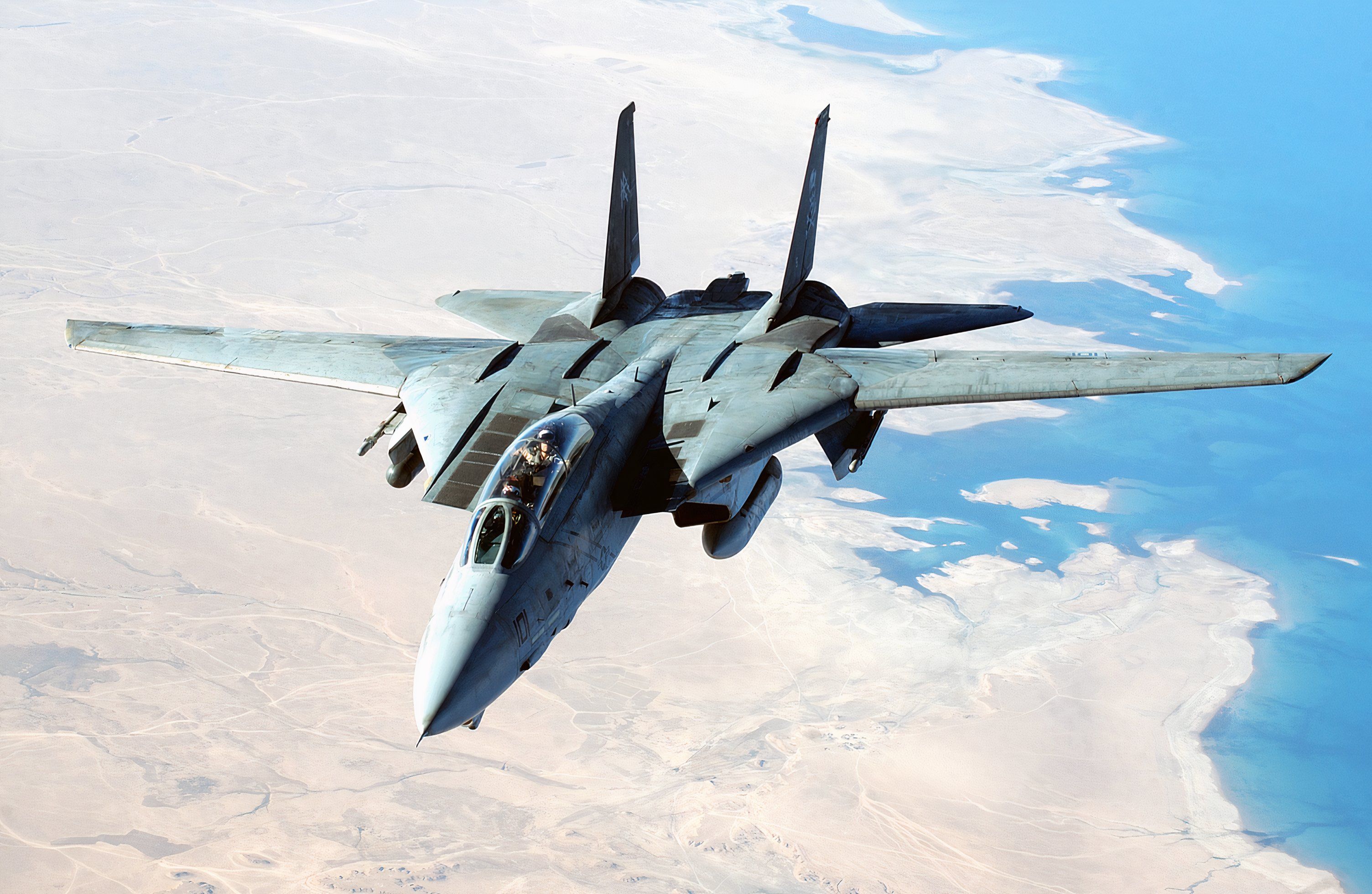Summary
- Two Libyan F-14 Tomcats took down two Libyan Su-22 Fitters in the First Gulf of Sidra incident on August 19, 198
- Lebanese Civil War saw F-14 Tomcats avoiding anti-aircraft fire on December 3, 1983, and assisting in retaliatory air strikes.
- In the Second Gulf of Sidra incident on January 4, 1989, F-14 Tomcats shot down two Libyan MiG-23s with no friendly casualties.
The Grumman F-14 Tomcat is among the most loved late 20th-century US Navy fighters. While the US Navy retired the Tomcats in 2006, Tomcats are still flown by the Iranians (the US supplied dozens of them to Iran before the revolution of 1979). In the US Navy service, the Tomcats were mostly used in air-to-air and recon missions and later were used in long-range strike fighter missions. The Navy used them in action in the Mediterranean Sea, the Persian Gulf, the Balkans, Afghanistan, and Iraq.
1
First Gulf of Sidra incident
Two Libyan Su-22 Fitters were shot down after firing on the Tomcats.
|
Date: |
August 19, 1981 |
|---|---|
|
Number of F-14s: |
two |
|
Result: |
2x Libyan Su-22 Fitters shot down |
In what would be a series of incidents in the Gulf of Sidra, Libya, two Libyan Su-22 Fitters fired at two F-14 Tomcats. The missiles failed to hit the F-14s, and in turn, the Tomcats destroyed both of the Libyan aircraft with AIM-9L “Sidewinder” missiles.
Photo: Everett Collection l Shutterstock
The incident marked the first time the US had scored air-to-air kills since the Vietnam War. Libya claimed that the entire Gulf area was their sovereign territory and that it was a closed bay. In response, the US conducted Freedom of Navigation missions in the Gulf of Sidra, which angered the Libyans.
2
Lebanese Civil War
The Tomcats conducted many missions in the Lebanese Civil War and came under ground-based fire.
|
Date: |
December 3 & 14, 1983 (when Tomcats were fired at) |
|---|---|
|
Number of F-14s: |
Unclear |
|
Result: |
No hits, US retaliatory strikes |
The Lebanese Civil War is one of the most complicated and confusing conflicts of the Cold War. Between November 1983 and mid-1984, F-14s participated in almost daily Tactical Airborne Reconnaissance Pod System (TARPS) missions. A particularly noteworthy day came on December 3, 1983, when two Tomcats came under Syrian anti-aircraft fire, and at least ten surface-to-air missiles were fired at them.
The Tomcats managed to avoid the incoming fire and returned to their aircraft carrier. The next day, the US answered by launching retaliatory air strikes on Syrian positions while the Tomcats provided fighter cover. A few days later, on December 14, 1983, Tomcats again came under ground-based fire but were not hit (the US responded with naval bombardment from the USS New Jersey battleship).
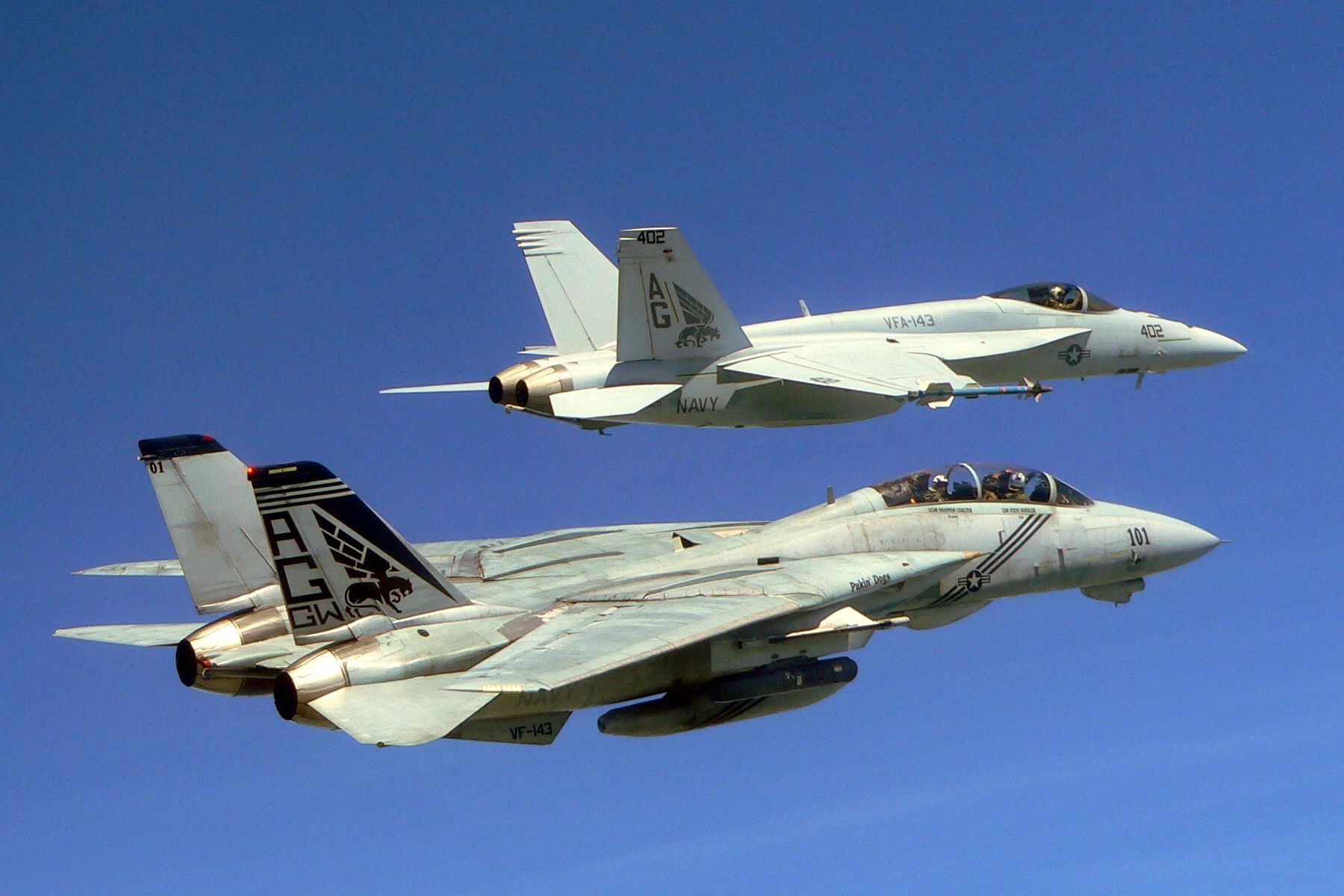
Related
Why Was The Grumman F-14 Tomcat So Versatile?
The aircraft was quite the flying machine.
3
The second Gulf of Sidra incident
Tomcats shot down two Libyan MiG-23s at the end of the Cold War.
|
Date: |
January 4, 1989 |
|---|---|
|
Number of F-14s: |
two |
|
Result: |
2x Libyan MiG-23s shot down |
According to the Air and Space Museum, F-14 Tomcats achieved air-to-air kills on January 4, 1989, when two F-14 Tomcats from the USS John F. Kennedy (CV-67) engaged two Libyan MiG-23 Floggers. At this period, the relations between the US and Libya were tense. The F-14s locked onto the Floggers with their powerful AWG-9 radar; this was normally enough to dissuade the Libyan pilots, and they would normally disengage.
Photo: United States Navy
However, this time, the MiGs were not deterred and were declared hostile. They also posed a threat as they were carrying AA-7 Apex missiles. The Tomcats were cleared to engage, and what followed was a lengthy six to eight minutes of air battle. The F-14 Tomcats shot down both MiG-23s, and both MiG pilots managed to eject safely.
4
Operation Desert Storm
Tomcats were used extensively in the Gulf War but took a back seat in air-to-air missions.
|
Date: |
17 January – 28 February 1991 (Operation Desert Shield) |
|---|---|
|
Number of F-14s: |
Approx. 99 |
|
Result: |
1x Mil Mi-8 helicopter shot down, thousands of sorties completed |
F-14 Tomcats were used during the Gulf War in Operation Desert Storm. However, they were mostly used for escort protection, long-range defense of shipping, recon missions, and air patrols. They completed over four thousand sorties during the campaign. Most of the air-to-air missions were conducted by other aircraft (besides Iraq’s air force quickly disintegrated, leaving few air-to-air targets).
Photo: Everett Collection l Shutterstock
It is also noted that Iraqi fighters would disengage and flee once they knew they were being tracked by the Tomcat’s radar. A couple of times, Iraqi fighter jets attempted to flee from Tomcats but ran into F/A-18s or F-15s and were shot down by them instead. According to the Aviationist, the only air-to-air kill credited to the Tomcats of the Gulf War was an Iraqi Mil Mi-8 helicopter shot down by an AIM-9 Sidewinder on February 6, 1991.

Related
5 Amazing Facts About The F-14 Fighter Jet
What made the Tomcat more than just a movie star?
5
Iraqi War
The last hurray for the F-14 Tomcat was the 2003 Invasion of Iraq and follow-up missions.
|
Date: |
March 20, 2003 to September 22. 2006 (retirement) |
|---|---|
|
Number of F-14s: |
unclear / dozens |
|
Result: |
Thousands of combat sorties, no aircraft shot down in air-to-air kills. |
After the Gulf War, F-14 Tomcats took a role in enforcing a no-fly zone over Iraq. The Tomcats skirmished with Iraqi aircraft but didn’t shoot any down. Tomcats returned with Operation Iraqi Freedom (the 2003 Invasion of Iraq), flying thousands of combat sorties and dropping 1,452 bombs. One Tomcat was lost from engine failure.
The Iraqi air force had long since ceased to be much of a threat, and the Tomcats didn’t get any air-to-air kills. The Tomcats continued to carry out missions during the American occupation of Iraq until their retirement in 2006. The last Tomcat deployment was between September 2005 and March 2006.

